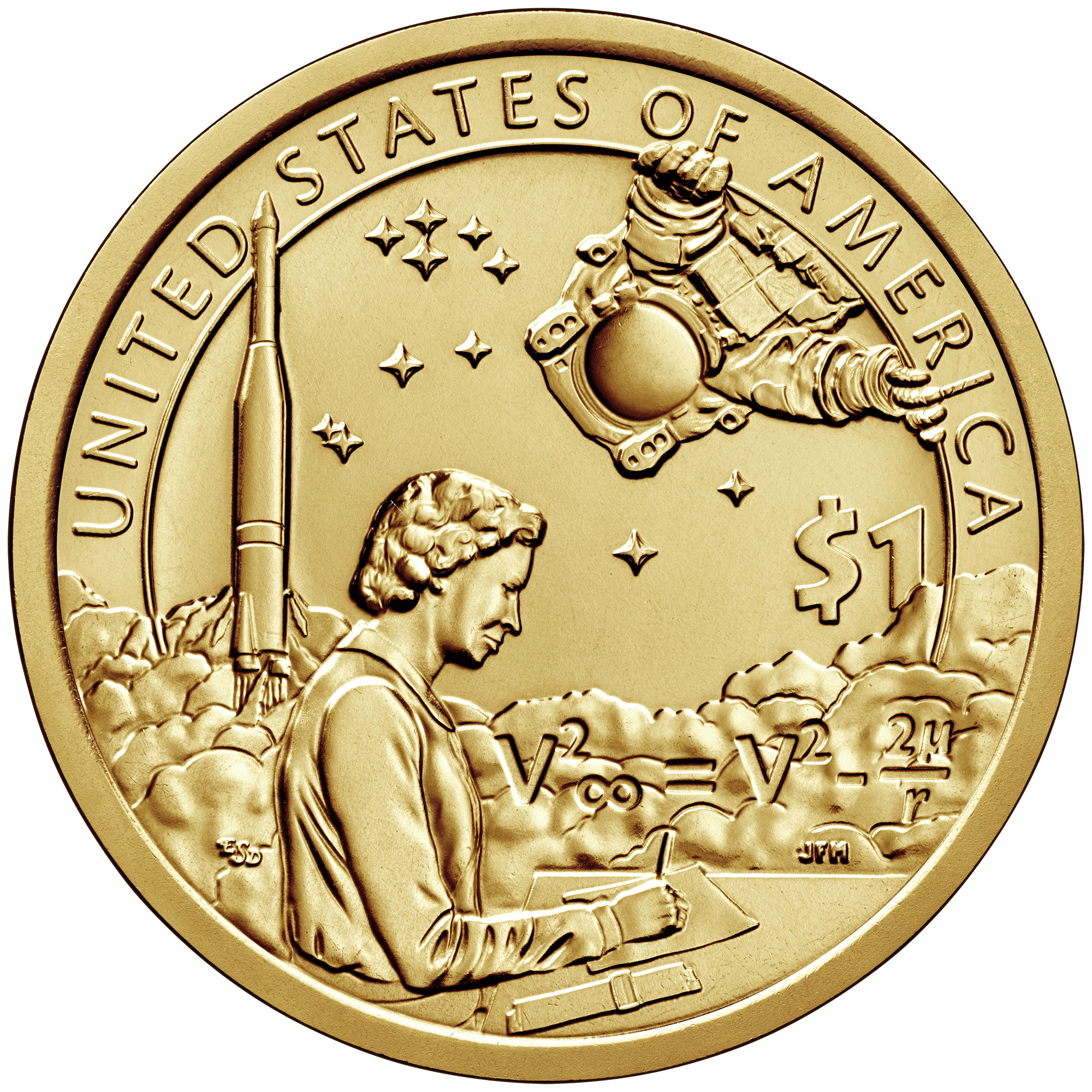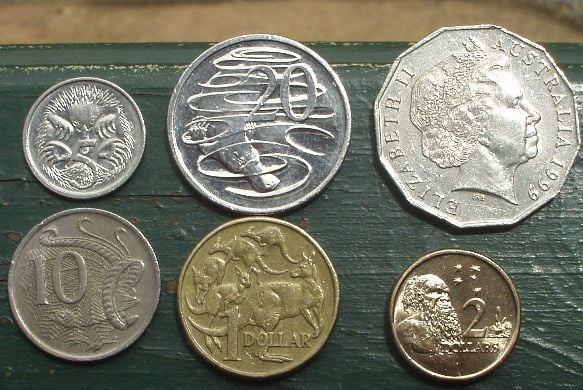$1 Coin
USD Coin (USDC) is a stablecoin fully backed by the US dollar. Where available, Coinbase customers with US dollar accounts may exchange 1 USDC for US$1.00 (and vice versa) on Coinbase.
The Presidential $1 Coin Program honors the former Presidents of the United States of America on a series of golden colored dollar coins. Portraits of the eligible Presidents appear on the obverse design of the coin with a common reverse design featuring the Statue of Liberty.
- 1850 gold Liberty Head $1 coins offer a mixed bag of opportunities for coin collectors who savor both rare and more common gold coinage. The gold Liberty Head $1 coin, which was the smallest coin the United States Mint has ever produced In 1849, weighs in at only 1.672 grams and measures a tiny 13 millimeters in diameter; for perspective, a modern-day U.S. Dome is 17.9 millimeters across.
- $55,385.01 (+2.08) 02-06 1:14 am est We do our best to provide precise spot prices; however, during times of market volatility, prices may not be to-the-minute accurate. Professional Coin Grading Services is a division of Collectors Universe, Inc.
- US Gold $1 Coins. The $1 gold piece was produced by the United States Mint from 1849 until 1889. Intended to be used as regular currency, the gold dollar was issued in three types. Some American gold coins were melted down shortly before the Civil War for their value, and for a while, it was popular to incorporate these dollar coins into jewelry.
- The 2007 John Adams dollar coins in circulated condition are only worth their face value of $1.00. These coins only sell for a premium in uncirculated condition. Both the 2007 P John Adams dollar coin and 2007 D John Adams dollar coin are each worth around $3 in uncirculated condition with an MS 65 grade.
The series launched in 2007 with coins honoring George Washington, John Adams, Thomas Jefferson, and James Madison. The series concluded in 2016 with coins issued to honor Richard M. Nixon, Gerald R. Ford, and Ronald Reagan.
From 2007 to 2011, the coins were struck and released for general circulation. However, in late 2011 the Treasury Department made the decision to suspend production for circulation due to a surplus of $1 coins held in storage. From 2012 onwards, the Presidential Dollars have been struck only in the numbers necessary to meet demand from collectors. In addition to circulation strikes, the coins have also been struck in other finishes and included within various numismatic products offered by the United States Mint.
The Presidential Dollar Coin Act
The program was authorized under The Presidential $1 Coin Act (Public Law 109-145), which was signed by President George W. Bush on December 15, 2005. The Act provided for the redesign and issuance of $1 coins honoring the former Presidents of the United States during the period beginning January 1, 2007. The new series would seek to revitalize the design of United States coinage and return it to its position as an object of aesthetic beauty.
The Act included measures to ensure an adequate supply of the coins are available for circulation. The Federal Reserve Banks would be required to have unmixed quantities of the coins available to financial institutions during an introductory period for each coin release. The Director of the United States Mint was required to increase public awareness of the new dollar coins through various activities and programs. These measures helped build a following for the series with collectors, although ultimately the denomination had trouble gaining traction in circulation. A stockpile of coins would build up in Treasury vaults leading to the eventual decision to scale back production considerably.
Provisions were also included in the Act to honor the First Spouses of the United States within a separate coin series. The US Mint was authorized to mint and issue one-half ounce 24 karat First Spouse Gold Coins. These coins would be released in conjunction with the Presidential Dollars and sold directly by the US Mint.
Presidential Dollar Coin Designs
The obverse design of each Presidential Dollar features the likeness and name of the President being honored. Additional inscriptions indicate order of the Presidency, the years served, and the motto “In God We Trust”. The designer of the obverse has varied throughout the series.

The design to appear on the reverse of each coin was specified within the authorizing legislation. A likeness of the Statue of Liberty was required to appear, extending from the rim and large enough to create a dramatic impression. Required inscriptions included the denomination expressed as “$1” and “United States of America”. The word “Liberty”, which appears on all other circulating U.S. coinage was specifically not required to appear within the inscriptions. The Act indicated that the Statue of Liberty would adequately portray the concept of Liberty.
The reverse design, which has been used for each issue of the series so far was designed by US Mint Sculptor-Engraver Don Everhart.
Another specification within the act was the use of edge-incused inscriptions. By including certain items on the edge of the coin, more room would be available on the faces of the coin for larger and more dramatic artwork. The edge inscriptions include the date, mint mark, and motto “E Pluribus Unum.” For Presidential Dollars released during 2007 and 2008, the motto “In God We Trust” also appears on the edge. The motto was moved to the obverse of the coin from 2009 to present.
Release Dates and Mintages
The Presidential Dollars were issued at a rate of four different designs per year with three coins released in the final year. The order of issuance followed the order of the Presidencies. If a President served in two or more consecutive terms, only one coin was issued. However, if a President served in two nonconsecutive periods of service, a coin was issued for each period. Under the provisions of the Act, coins were only issued for Presidents who had been deceased for at least two years.
Susan B. Anthony One Dollar Coin Values And Prices
Mintage levels for the series showed a general decline throughout the course of the series. For the first year of issue, nearly one billion coins were produced for circulation across the four different designs and two minting facilities. As the coins failed to achieve widespread circulation, mintage levels fell for subsequent years, although the requirement for Federal Reserve Banks to make the coins available to financial institutions provides for a certain base level of demand. Finally, in 2012 the mintage levels dropped to the minimum required to meet the demand from collectors under the authority of the Treasury Department.
The circulating coin series honoring the former Presidents of the United States entered its fifth year with the Andrew Johnson Presidential Dollar (Buy on eBay). He became the 17th President following the assassination of Abraham Lincoln.
Earlier in his life, Andrew Johnson had operated a tailor shop in Tennessee with his wife Eliza McCardle Johnson. He began to participate in debates and eventually entered politics, championing the common man and advocating a homestead bill. He would serve as a member of the House of Representatives and Senate. Later, he would be nominated for vice president, and assume the presidency following Lincoln’s death.
The obverse design of the Andrew Johnson Dollar featured a portrait designed and sculpted by Don Everhart. The required inscriptions surround the portrait indicating “Andrew Johnson”, “In God We Trust”, “17th President”, and “1865-1869”. On the reverse was a depiction of the Statue of Liberty. Also designed and sculpted by Everhart, it is intended to represent the concept of Liberty. Inscriptions read “United States of America” and “$1”. The edge of the coin contains the date, mint mark, and “E Pluribus Unum”.
$1 Coin Value
The Andrew Johnson Presidential Dollars were officially released into circulation on February 17, 2011. A launch ceremony was held on the same day in Greeneville, Tennessee at the Andrew Johnson National Historic Site. There ceremony was attended by United States Mint Chief Counsel Daniel P. Shaver and National Park Service representatives. Children in attendance received a free coin to commemorate the day. The following week on February 23, 2011, the United States Mint began sales of numismatic rolls containing the coins. Other numismatic offerings released at various times throughout the year also included the new $1 coins.
The circulation mintage for this release was 72,660,000 across both the Philadelphia and Denver Mint facilities. This set another fresh mintage low for the series, continuing the general trend of declining production that had characterized entire series.
Coin Specifications:

- Diameter: 26.5 mm
- Weight: 8.1g
- Thickness: 2.0 mm
- Edge: Lettered
- Composition: 88.5% copper, 6% zinc, 3.5% manganese, 2% nickel
$1 Coin George Washington
Coin Mintages:
$1 Coin 1979
- Philadelphia: 35,560,000
- Denver: 37,100,000
- San Francisco (Proof): 1,972,863